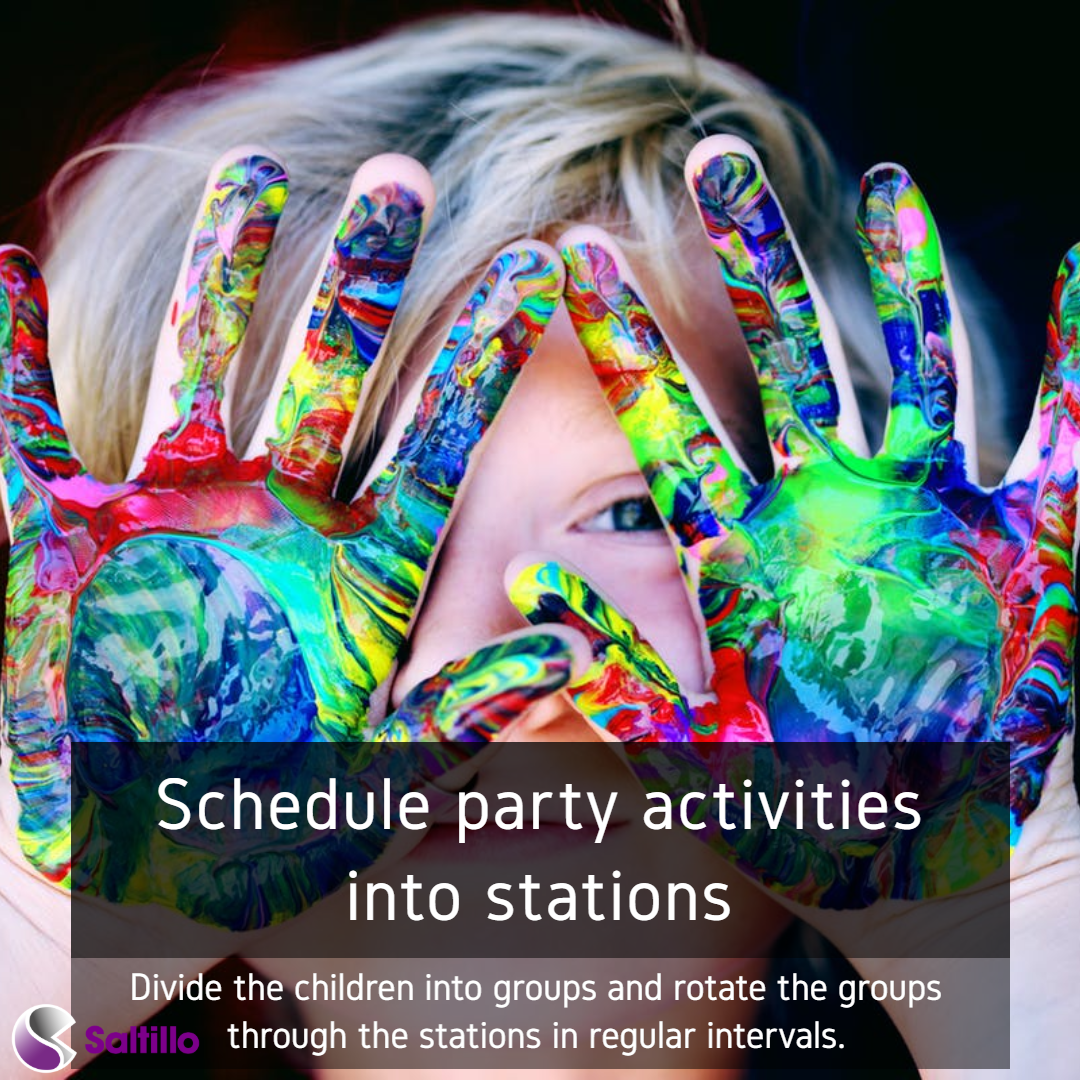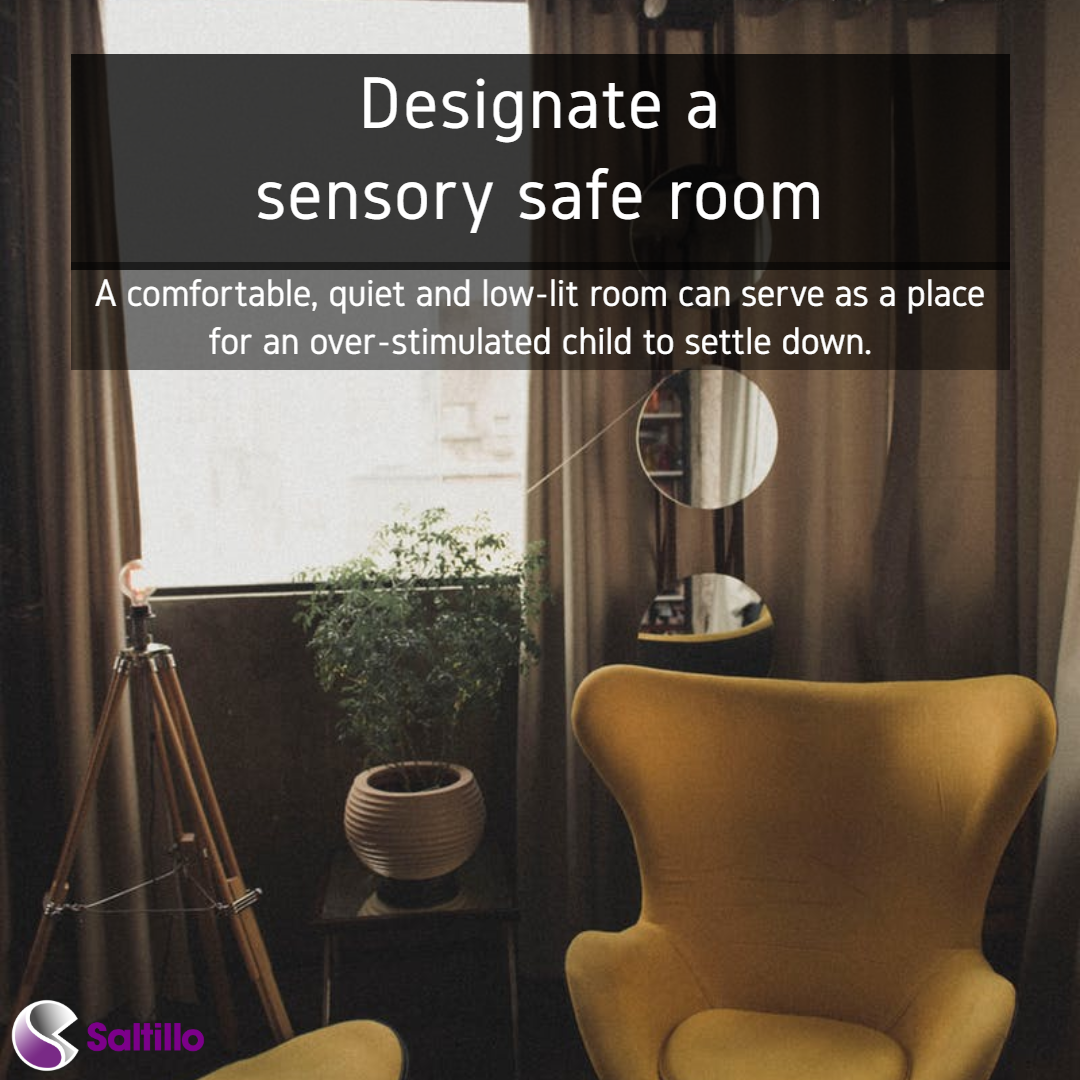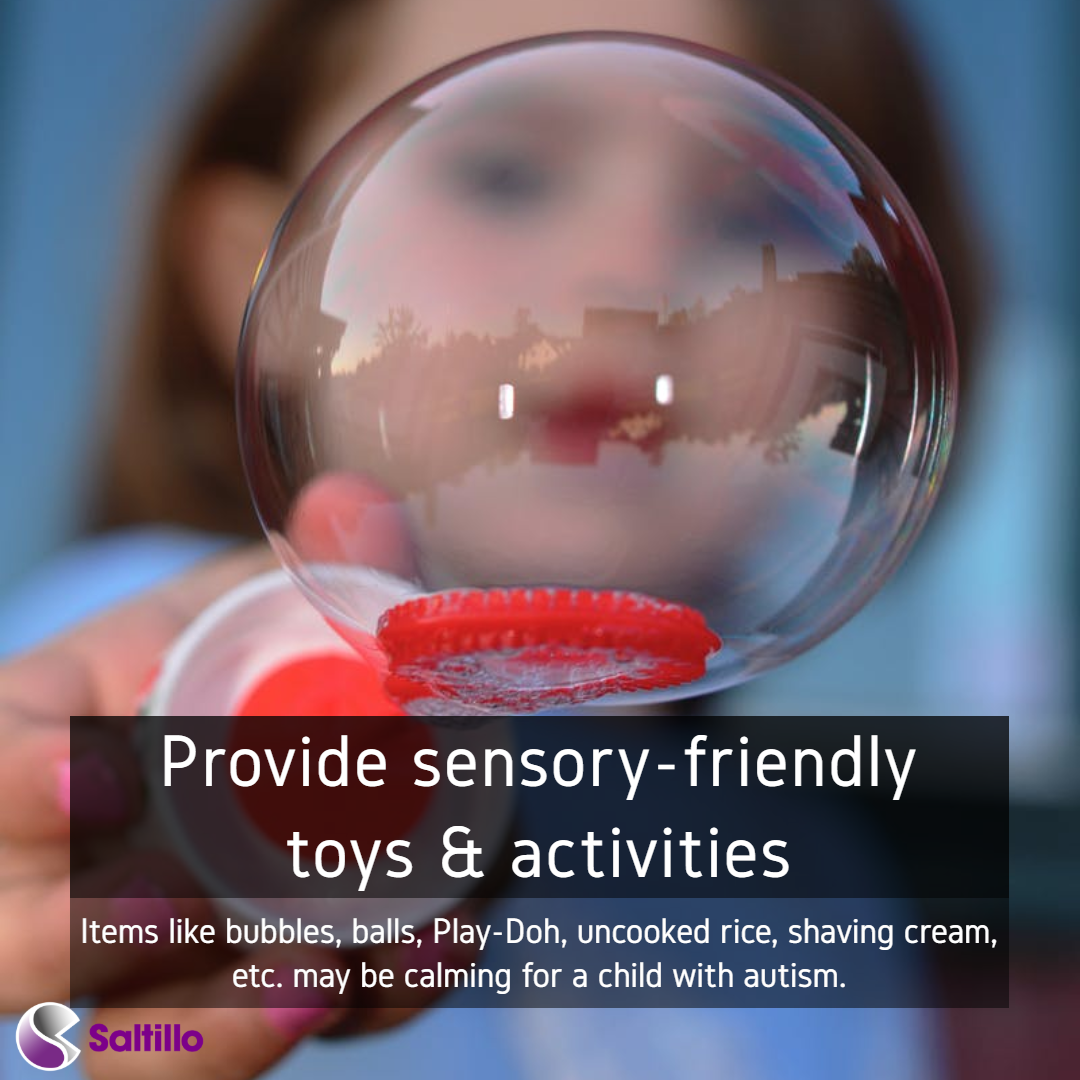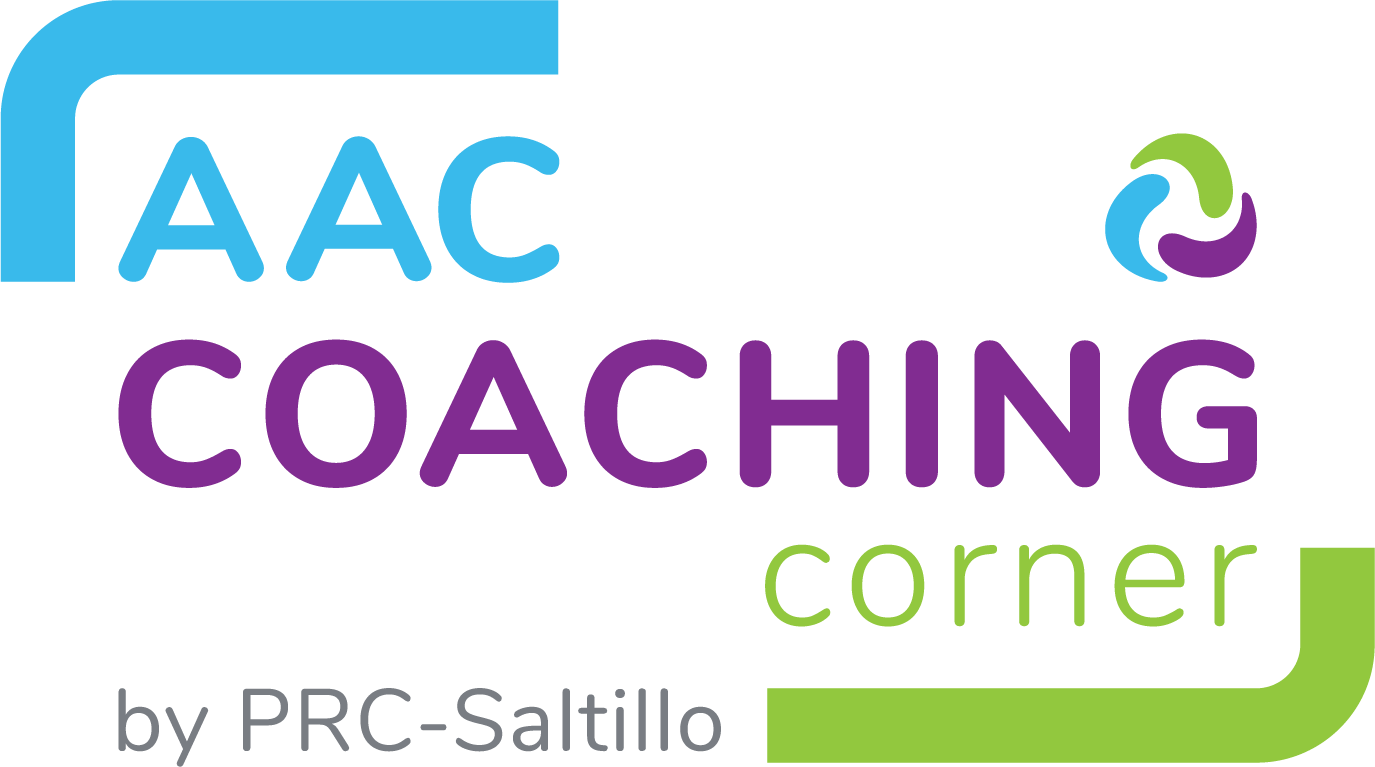For parents of a child with autism, going to parties or social events can be incredibly stressful. The noise, the activity, the food…all are potential triggers for their child. In honor of Autism Acceptance, here are some ideas for planning a party to include children with autism.

Schedule the activities at your party into "stations"
Try thinking of some specific activities you can host (that can go along with the theme of your party if desired). Dividing the children into groups and rotating them through the stations in regular 15-20 minute intervals (or however long you decide) can help reduce the stress of a party atmosphere.
Example stations for a Princess Party that alternate between fast and slow-paced activities:
- -Princess Bounce House, Princess Dress-Up Closet, Pin the Crown on the Princess, Princess Coloring Station (coloring books, crayons, etc.), Princess Freeze Dance/Sing-Along/Dance Party, Princess Foam Table (shaving cream with crowns, necklaces, princess dolls, etc. in the shaving cream), Princess Treasure Hunt (to find crowns, pearls, glass slippers, etc.)
Some children might need help transitioning between stations and may need updates on how much time they have. Saying something like, “In 10 minutes, we are going to move to the next station…in 5 minutes…in 3 minutes…” can be helpful. Let the parents know so they can help their child if needed since they likely already have some strategies or tricks to help with transitions.
Try to avoid scheduling too many hyper-stimulating games back-to-back (think high-energy games like tag, freeze dance, relay races, jumping on the moon bounce, etc.). Instead, try to alternate these activities with other slower paced ones (think coloring books, crafts, a puzzle or board game station). Alternating fast-paced and slow-paced activities can help some kids avoid over-stimulation that can lead to fits or other behaviors.
Since some children do not transition well between activities (parents may indicate this to you upon receiving the invitation), having separate “Active” and “Quiet” places may be the best option for your party. Maybe the backyard is where the kids can go to run around and play games, but inside, you have a designated room for slower-paced games and activities.

Designate a sensory safe room
A comfortable, quiet and low-lit sensory safe room can serve as a place for an over-stimulated child to settle down. This room should be a place where you won’t worry that anything valuable will be broken. Here are some other features to consider in the room:
- -Place blankets, pillows, bean bags, etc. around the room to make it cozier should the child(ren) wish to lay down.
- -This space should be able to have dim light available. Lights and sounds can sometimes be overwhelming to children with autism, so make sure they can get away from this.
- -Make sure this room is relatively quiet and away from the rest of the noise of the party.
- -Also consider items like light up toys, CD player with soft music, and/or sensory-friendly toys (see below)

Sensory Friendly toys and activities
Not sure what toys or activities might be good for kids who have sensory processing difficulties? Here are some suggestions you can have available that won't break the bank!
- -Shaving cream — Some find it very relaxing to spray shaving cream on a table and play with it.
- -Uncooked Rice (or beans) — Have a container of dry, uncooked rice in a bin that children can put their hands or feet in. Hide puzzle pieces or toys in the bin to provide an added goal!
- -Balls—Tactile sensations can be calming and pleasing for some. A stress ball is squishy, balls with nubs are bumpy, tennis balls are fuzzy, etc.
- -Bubbles—a bubble machine or bubbles can be calming to look at for many kids.
- -Play-Doh—similar to a bin of rice, this can be a calming sensory, tactile activity.

Other general tips:
Flashing, blinking lights and loud music can be difficult for some kids to deal with. Consider having a designated music/dance room or space where party-goers can boogie!
Think about reaching out to parents or attendees beforehand to see if there are specific food preferences. Children with autism may only have a handful of foods they prefer to eat. Supplying one or two of those foods can help parents feel supported that their child is included in the party.
Some children with autism use tablets, pictures, or other devices to communicate. The foods and activities you decide to have at the party might not be available in the communication device. Taking pictures of foods and games then posting them on a board can help children select what activity to do first, which foods they would like, etc.














